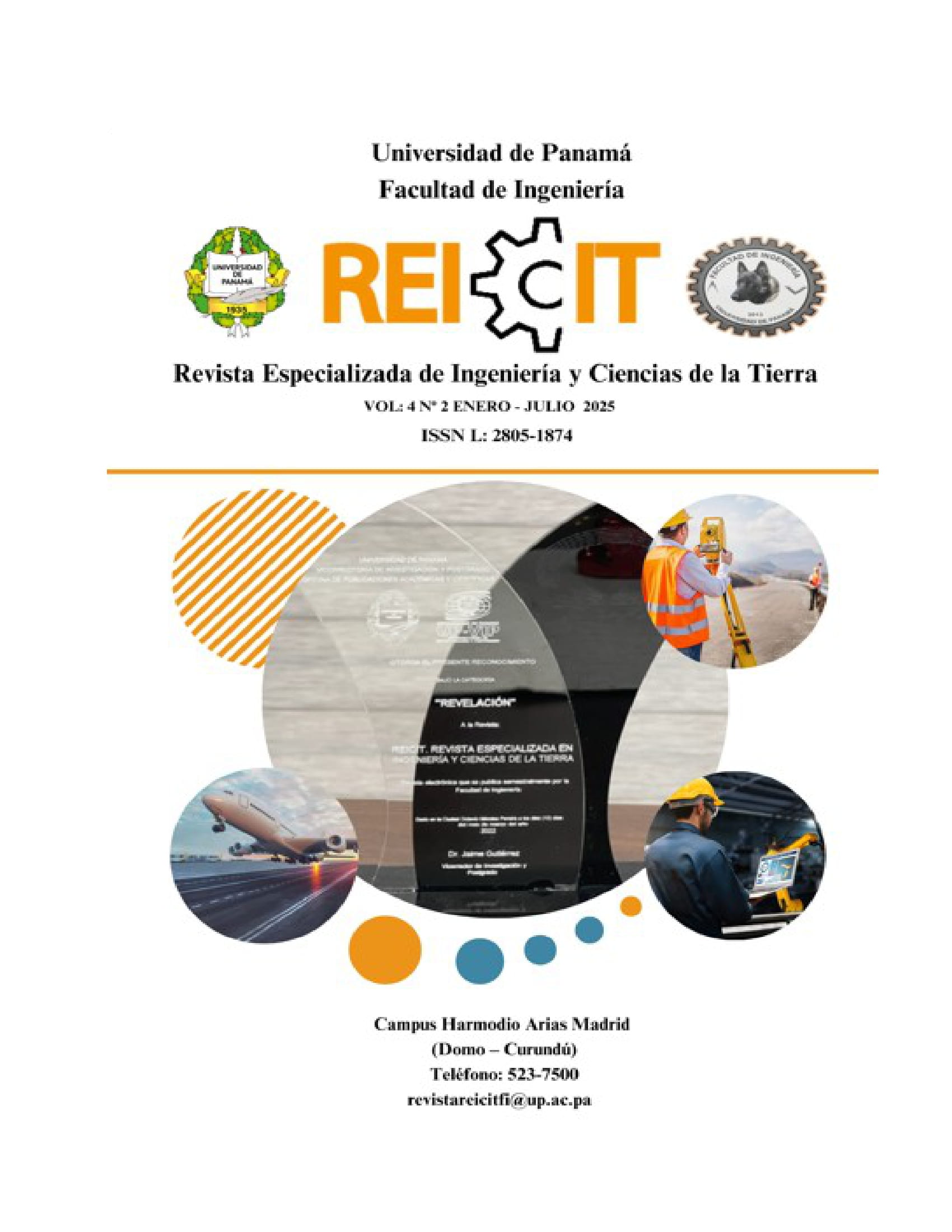

Copyright (c) 2025 REICIT

Este trabalho está licenciado sob uma licença Creative Commons Attribution-NonCommercial-ShareAlike 4.0 International License.
Understanding the tide level is crucial for safely navigating ships in harbors, managing sediment movement, and conducting environmental observations. This area has been actively researched for years, resulting in many proposed models to improve time series modeling and forecasting accuracy and efficiency. This study uses water level data recorded every hour from 1908-2007 at the Balboa Harbor tide gauge in Panama to create a model for predicting sea level changes. The data mining tool analyzes a range of time lags in the dataset to identify the best combinations. Analysis of the time-series data suggests that using cross-validation and a more extended lag period leads to more accurate forecasting. The study also proposes denoising the time series data as a pre-processing step and utilizing mining techniques with cross-validation and attribute selection evaluators for modeling sea-level changes at coastal areas characterized by nonlinearity and chaotic climatic changes.